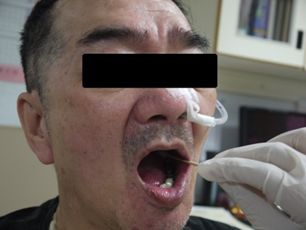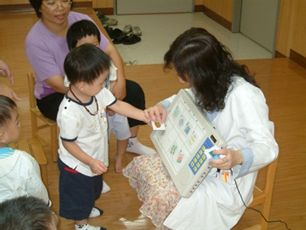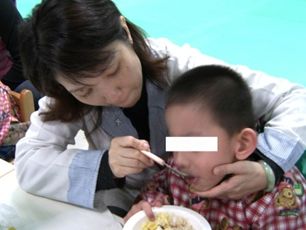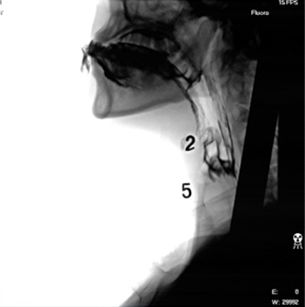Speech Therapy
Speech therapists or speech-language pathologists are health professionals who specialize in communication disorders as well as swallowing disorders.The main components of speech production include:
- Phonation, the process of sound production.
- Resonance.
- Intonation, the variation of pitch.
- Voice, including aeromechanical components of respiration.
On the other hand, the main components of language include:
- Phonology, the manipulation of sound according to the rules of the language.
- Morphology, the understanding and use of the minimal units of meaning.
- Syntax, the grammar rules for constructing sentences in language.
- Semantics, the interpretation of meaning from the signs or symbols of communication.
- Pragmatics, the social aspects of communication.
Swallowing is a complex process in which food or liquid passes from the mouth, to the pharyx, and into the esophagus, while shutting the epiglottis. If this process fails, food object would go into the trachea, resulting in choking and subsequent aspiration pneumonia. Therefore, speech therapy requires a multi-disciplinary and team approach. Regular discussion and communication with physiatrists and other medical specialists are needed to apply the right treatment approach to the needed patients. As a result, the main goal of speech therapy is to ensure that the disabled patients can learn to speak well, eat well, and swallowing well. Further improving the life quality and dignity of these patients.
Our department has recently collaborated with the radiology department in establishing the most advanced Videofluoroscopic Swallowing Study (VFSS) for patients with swallowing disturbance. Through VFSS, we can see if the food has gone into the airway instead of the stomach. In this situation, aspiration will occur and resulting in possible pneumonia. VFSS can further give us essential information such as which parts of the mouth and throat are not functioning well, what kind of food are safest to swallow, and if certain treatment strategies can assist the patients to swallow better. Babies and young children can also receive the VFSS test.

Our speech therapist uses iced cotton buds to stimulate designated areas of the oral cavity for the purpose of inducing swallowing reflexes.

Group speech therapy for children with developmental delay.

Individual swallowing training for a child suffering from swallowing disorder.
